Dahlias prefer soil with a balanced supply of nutrients continued…
Determining Fertilizer Requirements When A Professional Soil Test Has Not Been Done
In the event that a professional soil test has not been done, there are other approaches to determining fertilizer needs.
Soil Test Kit
|
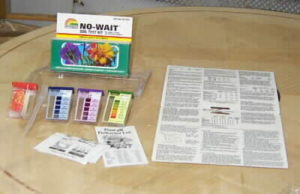 |
Plant Nutrient Deficiency Symptoms
|
|
Nitrogen Deficiency Symptoms
|
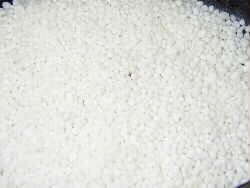
Ammonium Nitrate – 34N
|
Phosphate Deficiency Symptoms
|
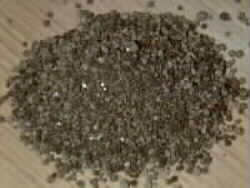
Super Phosphate – 45P
|
Potassium Deficiency Symptoms
|
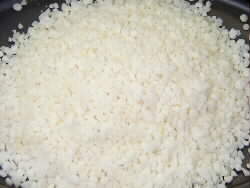
Soluble Potash 60%
|
Guess
|
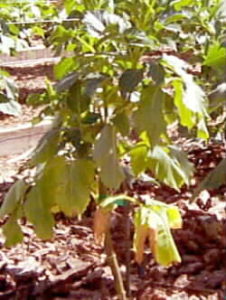 |
| Previous | Next |